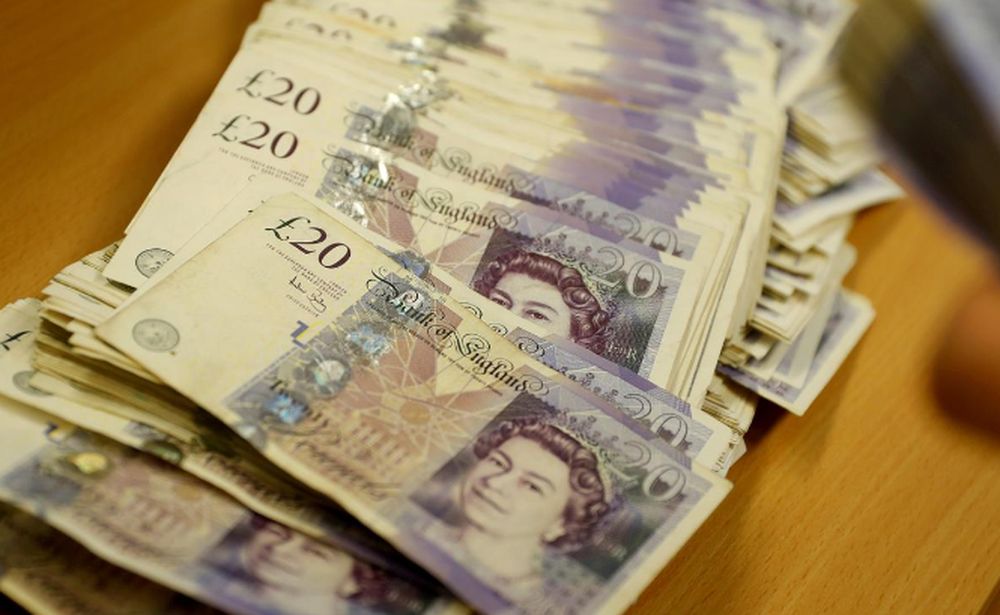LONDON, May 13 — Sterling steadied above US$1.40 against the dollar today after losing its perch near US$1.41 (RM5.82) the previous day when stronger than expected US inflation data pushed the dollar higher.
UK GDP figures, which came in above expectations, had helped the pound stay strong on Wednesday, but it lost ground after the US data showed that consumer prices had increased in April by the most in nearly 12 years, news which pushed the dollar higher as investors turned more cautious.
By 0814 GMT, the pound was flat against the dollar at US$1.4053 and 0.1 per cent lower to the euro at 85.99 pence.
Still, analysts remain upbeat about Britain’s prospects for an economic rebound. Prime Minister Boris Johnson on Monday set out further lockdown easing measures, helping sterling enjoy its best day since January.
“The better than expected March UK GDP yesterday underscored the bright outlook for the pound and the expected solid UK data this quarter should further support the currency,” said ING’s strategists in a note to clients.
“We expect euro-sterling to re-test the 85 pence level in the coming weeks. After the latest dip in sterling speculative positioning, sterling longs should start increasing yet again.”
CFTC positioning data showed that speculators reduced their net long position on the pound in the week to May 4.
By the end of Wednesday, sterling was the second best performing G10 currency after the Canadian dollar — up 3.2 per cent against the US dollar year-to-date. Bets that Britain’s rapid vaccination drive will lead to a quicker economic rebound have largely driven the pound’s gains this year.
The currency has also benefited from the Bank of England beginning to taper its bond purchasing programme last week, on the back of the improving economic outlook.
Bank of England policymaker Jonathan Haskel said on Wednesday he was not too concerned about the medium-term inflation outlook in Britain, but would watch out for damage done by the pandemic to the country’s productive capacity.
Last week the BoE forecast consumer price inflation would rise above 2.5 per cent by the end of this year from 0.7 per cent currently, but then fall back to its 2 per cent target over the course of next year.
Elsewhere in the economy, British house price inflation hit its highest level since the late 1980s in April as buyers raced to take advantage of an extended tax break just as sellers retreated from the market, a survey showed this week. — Reuters






















